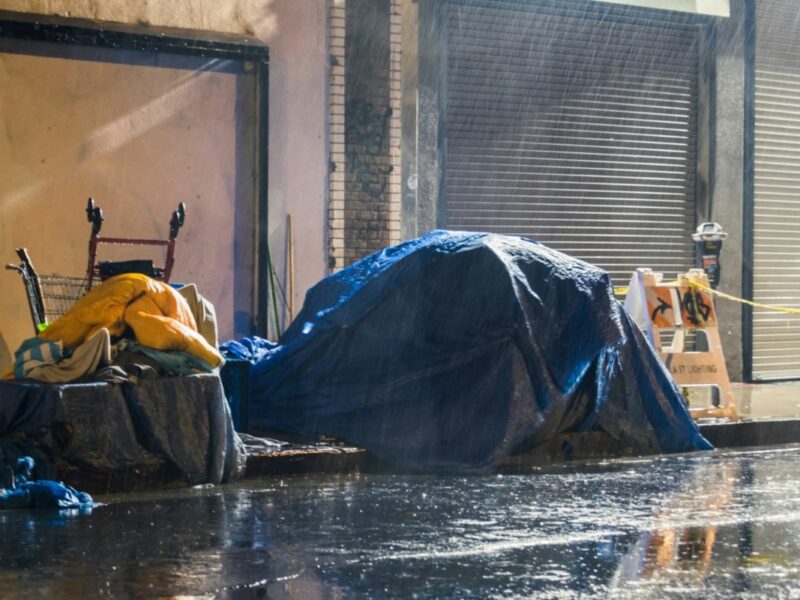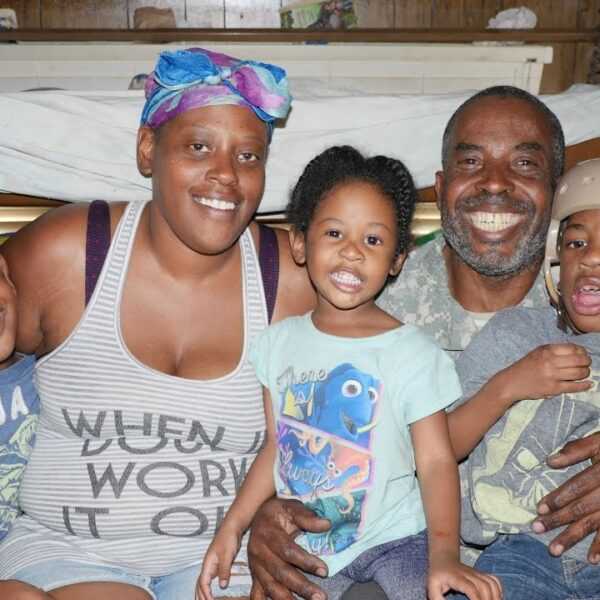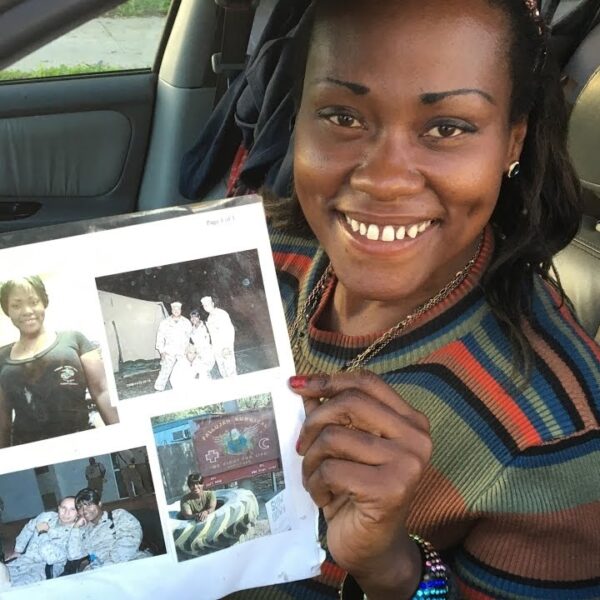Why the First Story Doesn’t Have to be Right to be Believed and the Damage It Causes for Homeless People
Learn how the influx of modern misinformation combines with media bias to create false news that paints the homeless population in a negative light.
There was a time in the not-so-distant past when news – good, bad, or indifferent – traveled at a glacial pace. People, not machines, carried messages. Letters of importance made their way around the world strapped to the breasts of homing pigeons or stored inside horse-drawn carriages.
When a new king was crowned, the general public became privy to that information once new coins were minted with his likeness engraved on one side, a process that could take ages. But there was an upside to the slow transmission of information, which is this – it might have come late, but it was rarely wrong.
Moving painstakingly slow meant a great deal of double and triple fact-checking was happening. After all, ink at printing presses cost a pretty penny, as did the pennies that had to be engraved with royal faces.
Today, we are experiencing the inverse of that phenomenon. Modern news is gathered and distributed cheaply at virtually lightning speeds. This new way of doing things has certainly increased the information we have at our fingertips. If a new president winds up in the White House, the world learns of this occurrence instantaneously.
Unfortunately, spreading news at this accelerated pace has increased the likelihood of error-ridden information reaching massive amounts of people simultaneously, a circumstance unofficially referred to as “fake news.”
Reporters competing for screentime, vying for the attention of billions of readers who are used to dashing through digital newsfeeds in a hurry, are bound to publish a misprint here or a faulty statistic there. This comes with the territory. We’ve all witnessed the virtual cornucopia of misinformation that floats through cyberspace.
There was that time you thought your favorite celebrity died, or the day they said a spiraling planet was slated to crash into earth and kill us all, and let us not forget the infamous #Pizzagate, the most notorious of all trending inaccurate hashtags.
Be it a fabricated rumor or a miscalculated stat, misinformation in this modern age is bound to spread due partly to the inexpensive and speedy manner in which it is disbursed. If mistakes are made, they get corrected. No harm, no foul, right? Except no. The truth is more complicated.
The Illusory Truth Effect: Understanding How We Receive Online Information
Studies published by the National Library of Medicine conclude that people perceive information as factual if it is repeated. Experts call this the “illusory truth effect.”
The reason for the acceptance is rooted in familiarity. You already received the information subconsciously, so hearing it again serves as confirmation, making it seem much more accurate. When a hot story breaks, the first reputable website to publish it is often mimicked by countless more. This is why it’s easily believed.
Inaccurate stories don’t have to be intentionally malicious. They could contain information the original reporter genuinely believed to be accurate. But when it comes to news about homelessness, another phenomenon known as confirmation bias also comes into play.
Confirmation bias plays a huge part in influencing what we do and don’t believe to be true. And here’s where things get tricky, and the rabbit hole deepens.
The Illusory Truth Effect + Confirmation Bias = The Perpetuation of Negative Homeless Stereotypes
Britannica defines confirmation bias as “people’s tendency to process information by looking for, or interpreting, information that is consistent with their existing beliefs.”
Regarding homeless news, confirmation bias can sway not only readers but also the very journalists who are bringing these stories to the masses.
At the beginning of an ordeal, when the facts are still murky, it is easy for a reporter to believe and also publish news about homeless individuals that are negative, even if it is inaccurate because it is consistent with their beliefs. This is particularly true if that information has been repeated across several seemingly reputable news sites and is now just being regurgitated across the web.
Misinformed: Real-Life Examples of Stories that Were Inaccurate and Biased Against Homeless People from the Start
There are countless ways in which mainstream media slander the homeless population, but some are more covert than others. One of the most notorious and recent examples of misinformation occurred on a late summer day in sunny San Francisco when an altercation broke out between an unsheltered man and a housed city official.
The original footage that was released showed only the homeless man beating the city official with a metal pipe. This action was initially conveyed to the public as one of maniacal and unprovoked violence incited by the unhoused individual, a 25-year-old by the name of Garret Doty.
Initially, Doty incurred multiple assault charges in addition to tons of negative press. Fortune reports that the coverage of this incident was so egregious that it “fueled a narrative of a city in chaos.”
Moreover, it was not the whole truth.
Once more details about the case were released, it was revealed that the homeless man was merely defending himself from the city official, who was the actual maniacal assailant all along.
The aggressor, Don Carmignani, a former fire commissioner, was shown to have been spraying the homeless man with bear spray when the victim finally fought back. Journalists later explained that fact, but the damage to the homeless community’s reputation had already been done.
The Detrimental Aftermath of Disinformation
While many of these journalistic errors are eventually corrected, if the original story was both:
- Repeated by reputable sources (The Illusory Truth Effect)
And
- Consistent with existing negative beliefs about homeless people (Confirmation Bias)
Then, what are the odds that everyday readers are circling back weeks later to ensure the initial story is true? It’s unlikely, and that poses a serious problem.
In a brief Invisible People interview with Decriminalization Director Will Knight, the above story was highlighted as a “great example of the media’s culpability” due to its negative impact on how we perceive and interact with members of the homeless population.
Knight was quick to point out the fact that “fear of crime politics distorts the public’s image of homeless people in a big way.” He added that this agenda is often used to “push draconian legislation at the poles,” which is something that has ramped up exponentially in recent months as conservative think tanks like the Cicero Institute continue vying for the public’s support of forcing homeless people into concentration camps.
Talk to Your Legislators About Drafting Stricter Laws that Protect the Homeless Community
The homeless community is one of the most vulnerable groups in the United States, yet they are not protected by anti-hate legislation. This makes it easy for the mainstream media to spread bias, half-truths, and even flat-out lies that damage the image of the homeless population, which only fuels the flames of homeless hate.
Please talk to your legislators about extending such protections to unhoused individuals and families and making housing a human right.













